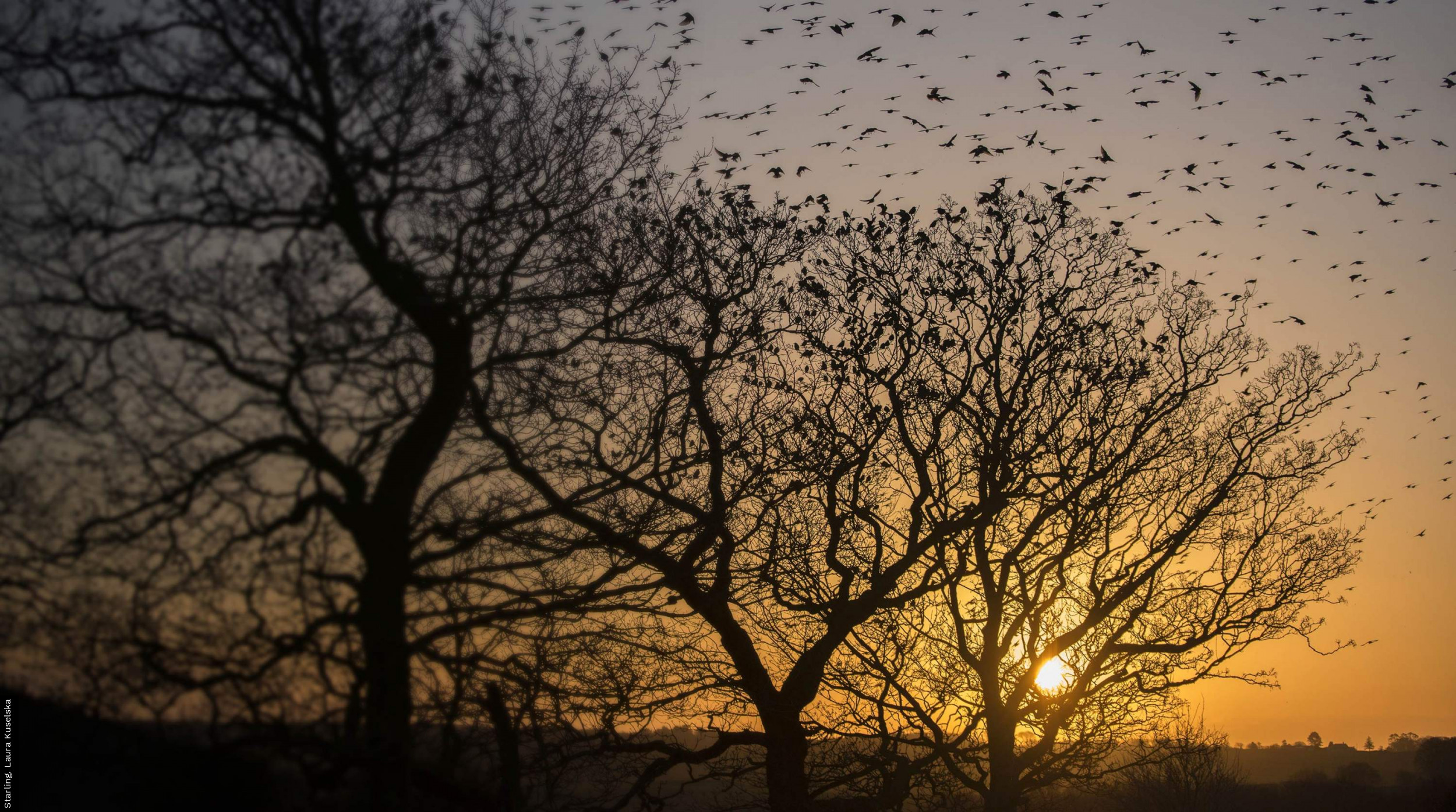Potential Future Distribution & Abundance Patterns of Common Buzzards Buteo Buteo
Author(s): Jennifer A. Border, Dario Massimino, Simon Gillings
Published: August 2018 Issue No.: 707
Publisher: British Trust for Ornithology Pages: 34pp
ISBN: 978-1-908581-95-2
Download article 1.22 MB application/pdf
Abstract
1. To contribute towards the definition of Favourable Conservation Status for the Common Buzzard Buteo buteo, estimates of local carrying capacity are required throughout England. In this report we aim to assess the potential for future expansion of the Buzzard breeding range in England and forecast potential densities in 10-km squares using species distribution models.
2. According to Bird Atlas 2007–11, Buzzards breed in 94% of English 10-km squares. Many of the 54 squares where Buzzards were present but not breeding, and the 34 where they were not recorded, are coastal (and contain little land) or are suburban/ urban areas with limited breeding habitat. Few unoccupied squares contain extensive tracts of suitable breeding habitat so we assess the potential for future range expansion to be limited.
3. To inform the selection of environmental variables required for distribution modelling, a literature review was conducted. This identified 25 factors likely to positively or negatively influence Buzzard presence or abundance; from these we sourced 25 spatially explicit variables. Seven were highly inter-correlated and were not used in models. For some potentially important factors we were unable to source spatial data to incorporate into models.
4. Buzzard abundance data were obtained from the BTO/JNCC/RSPB Breeding Bird Survey, giving numbers of birds counted in a stratified random sample of over 5,000 1-km squares. Count data were corrected for detectability using distance sampling to yield densities (birds per surveyed 1-km square). Two metrics were calculated for modelling: a) maximum observed density per square, and b) mean observed density per square, both calculated over the most recent five years.
5. Generalised additive models were used to relate the two metrics of Buzzard density to the chosen environmental variables. Ten-fold cross validation was used to assess model performance and the effects of individual environmental variables were checked for biological realism. Density predictions were made for all 1-km squares in England, then summed to give estimates per 10-km square.
6. Models trained on maximum observed densities (the “maximum density model”) and mean observed density (the “mean density model”) performed similarly well; performance was reasonable, and good by abundance modelling standards. Comparisons of predictions and observations showed that models were reasonably well calibrated but they were unable to accurately predict the highest observed densities. Nevertheless, predicted densities were higher compared to published density estimates.
7. The long-term trend in density in each 100-km square was assessed for evidence of stability. Densities were high and stable in the west compared to low but rapidly increasing in the east with little evidence of densities plateauing. In the west, annual densities in the stable parts of the trend fell short of densities predicted from the maximum density model but matched those from the mean density model. In areas of rapid increase in the east, observed densities have already exceeded predictions from the mean density model and appear likely to exceed those from the maximum density model in future.
8. In conclusion, we can be highly confident about the extent of the Buzzards breeding range and its limited scope to expand further. The species distribution models are as robust as we can expect with the data available and they perform comparably to other models of abundance. However, many of the predicted densities are high compared to those in the literature, although it should be noted many of these are quite old and limiting factors may have reduced since then.
9. Further, the ongoing population increase in eastern England and anticipated exceedance of our density predictions indicates that correlative relationships built on variables such as land cover are unable to capture all the fine-scale local environmental influences acting on Buzzards, thereby limiting the application of these models for local management purposes. Mechanistic models using demographic rates are likely to yield more robust predictions.









Share this page